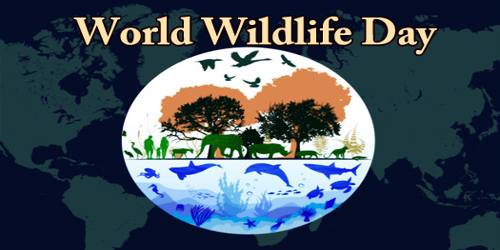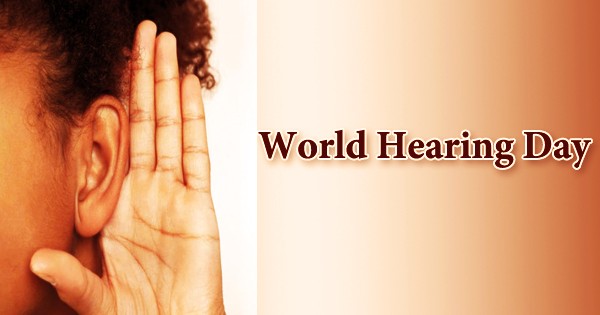Every year March 3 is celebrated as “World Wildlife Day” to raise the awareness of issues that impact wildlife. The day also highlights the issues such as urbanization, poaching, pollution, destruction of wildlife habitat, and the ways that humans can contribute to conservation efforts. The animals and plants that live in the wild have an intrinsic value and contribute to the ecological, genetic, social, economic, scientific, educational, cultural, recreational, and aesthetic aspects of human well-being and to sustainable development.
World Wildlife Day is an opportunity to celebrate the many beautiful and varied forms of wild fauna and flora and to raise awareness of the multitude of benefits that their conservation provides to people. At the same time, the Day reminds us of the urgent need to step up the fight against wildlife crime and human-induced reduction of species, which have wide-ranging economic, environmental, and social impacts.
Earth is home to countless species, and wildlife plays an important role in balancing the environment. It can be found in all ecosystems, deserts, rain forests, plains, and other areas. Nearly a quarter of all species present on the earth are presently at risk of going extinct in the coming decades, and their demise would only speed up the disappearance of countless others, putting us in danger as well. Keeping their importance on earth, a day is dedicated to wildlife. On 20th December 2013, at its 68th session, the United Nations General Assembly (UNGA), in its resolution UN 68/205, decided to proclaim 3rd March, the international day of the adoption of the Convention on International Trade in Endangered Species of Wild Fauna and Flora (CITES) on the planet raise awareness and benefits fauna and flora in 1973, as World Wildlife Day, which was proposed by Thailand, to celebrate and raise awareness of the world’s wild fauna and flora. The day is observed to celebrate and raise awareness of the world’s wild animals and plants and discussing the threats they are facing and the urgent need for governments, civil society, private sector actors and individuals to add their voices and take actions to help conserve wildlife and ensure its continued use is sustainable. Historically, we have depended on the constant interplay and interlinkages between all elements of the biosphere for all our needs: the air we breathe, the food we eat, the energy we use, and the materials we need for all purposes. However, unsustainable human activities and overexploitation of the species and natural resources are imperiling the world’s biodiversity. Nearly a quarter of all species are presently at risk of going extinct in the coming decades. The General Assembly took note of the outcome of the 16th meeting of the Conference of the Parties to CITES, held in Bangkok from 3rd to 14th March 2013, in particular Resolution Conf. designating 3rd March as “World Wildlife Day”, in order to celebrate and raise awareness of the world’s wild fauna and flora, and recognized the important role of CITES in ensuring that international trade does not threaten the survival of species. The General Assembly requested the CITES Secretariat, in collaboration with relevant organizations of the United Nations system, to facilitate the implementation of “World Wildlife Day”.
















